Jatropha
₹99
Jatropha, a resilient and drought-tolerant plant, is gaining popularity for its numerous benefits. This versatile species boasts attractive foliage, vibrant flowers, and the potential for sustainable energy production. Whether you’re an experienced gardener or a beginner, Jatropha is an excellent choice for your outdoor space.
54 people are viewing this product right now
🔥 3 items sold in last 3 hours
Jatropha, a resilient and drought-tolerant plant, is gaining popularity for its numerous benefits. This versatile species boasts attractive foliage, vibrant flowers, and the potential for sustainable energy production. Whether you’re an experienced gardener or a beginner, Jatropha is an excellent choice for your outdoor space.
Key Features & Benefits
- Ornamental Value: Jatropha’s unique foliage and colorful flowers make it a stunning addition to any landscape.
- Drought Tolerance: This plant thrives in arid conditions, making it ideal for regions with limited water resources.
- Medicinal Properties: Certain parts of the Jatropha plant have been used in traditional medicine for various ailments.
- Bio-fuel Potential: Jatropha seeds can be processed to produce bio-diesel, a clean and renewable energy source.
- Soil Improvement: Jatropha can help improve soil quality by preventing erosion and increasing organic matter.
Plant Care Guide
Ideal Plantation Locations
Jatropha prefers warm, tropical climates with well-drained soil. It can tolerate a wide range of soil types, including sandy and loamy soils.
Planting & Gardening Instructions
- Location: Choose a sunny location with ample sunlight.
- Soil Preparation: Ensure the soil is well-draining by incorporating organic matter like compost or well-rotted manure.
- Planting: Plant the Jatropha seedlings or cuttings at a depth of 6-8 inches.
- Spacing: Maintain a spacing of 6-8 feet between plants to allow for proper growth and air circulation.
Watering
Water the plant deeply, but infrequently. Allow the soil to dry out slightly between waterings to prevent root rot.
Fertilizers
Apply a balanced, slow-release fertilizer during the growing season. Avoid excessive fertilization, as it can lead to nutrient imbalances.
Repotting Instructions
Re-pot your Jatropha every 2-3 years or when the plant becomes root-bound. Choose a slightly larger pot and fresh, well-draining potting mix.
Fruiting Season
Jatropha typically flowers and fruits during the warm, dry season. The exact fruiting season may vary depending on the specific cultivar and climate.
Usage Ideas
- Ornamental Plant: Use Jatropha as a standalone specimen or in mixed borders.
- Hedge Plant: Create a dense, low-maintenance hedge with Jatropha.
- Bio-fuel Production: Harvest the seeds to produce bio diesel.
- Medicinal Uses: Consult with a healthcare professional before using any part of the plant for medicinal purposes.
Care Tips
- Pest Control: Monitor for pests like aphids and scale insects. Treat infestations with insecticidal soap or neem oil.
- Pruning: Prune the plant regularly to maintain its shape and encourage new growth.
- Mulching: Apply a layer of organic mulch around the base of the plant to help retain moisture and suppress weeds.
Only logged in customers who have purchased this product may leave a review.
₹899


₹4,999
Related products
Designed, Developed & Maintained by Growww.
Copyright © 2024 Ashok Chakra Nursery

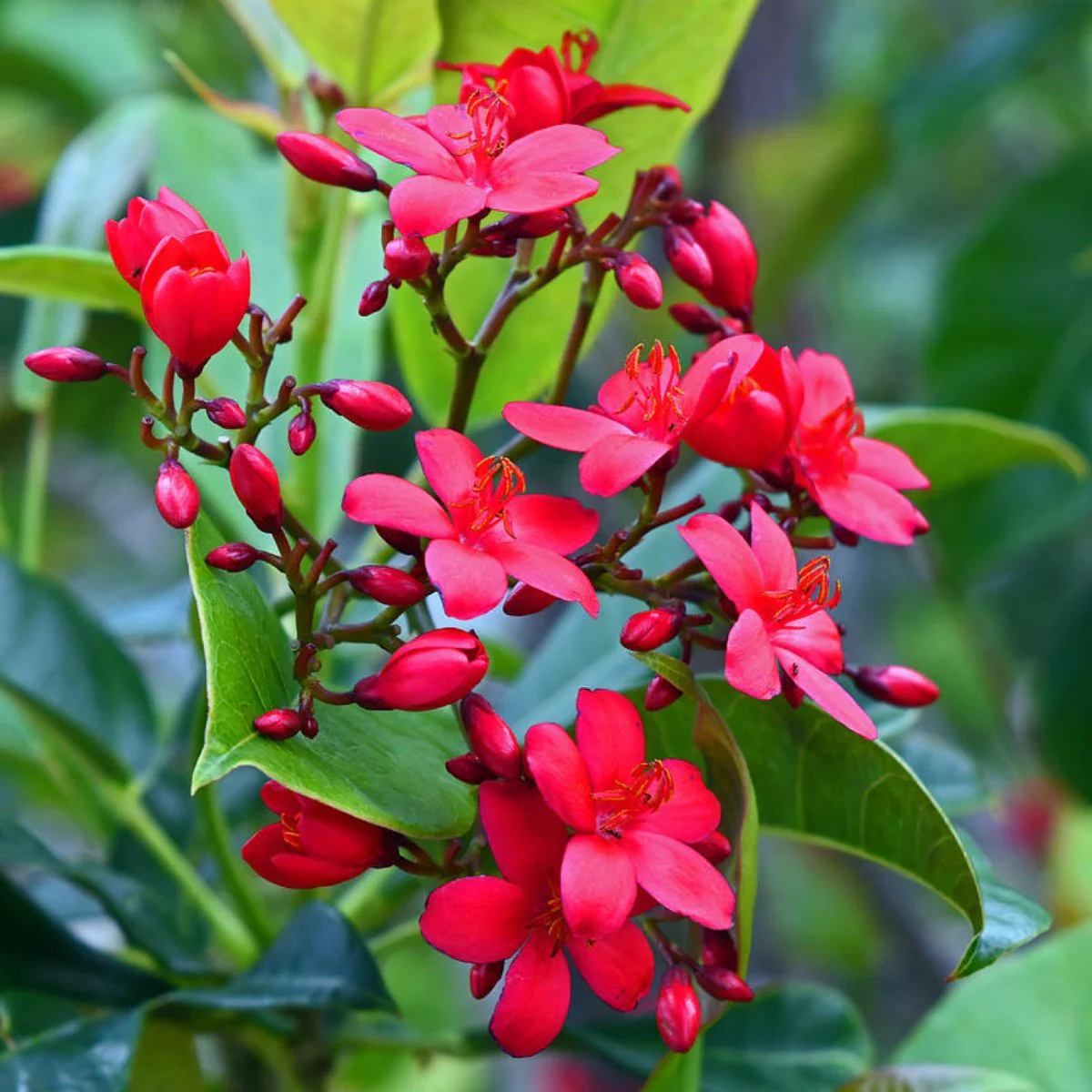
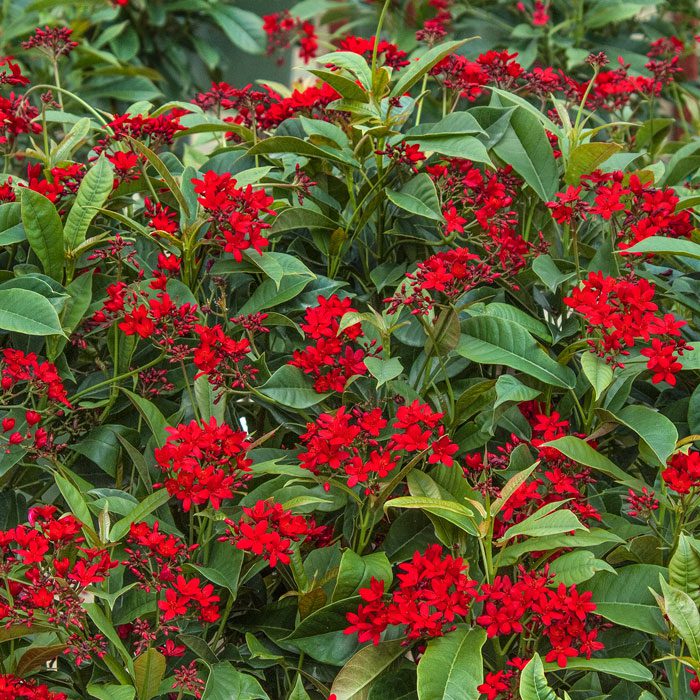
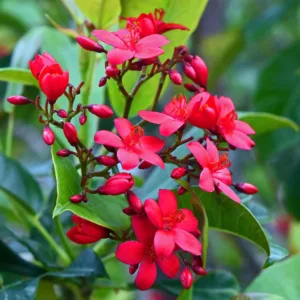
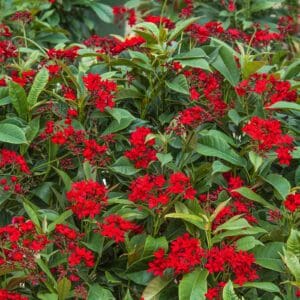

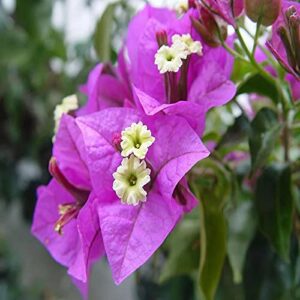
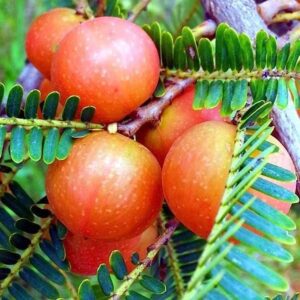
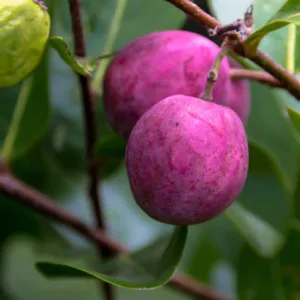
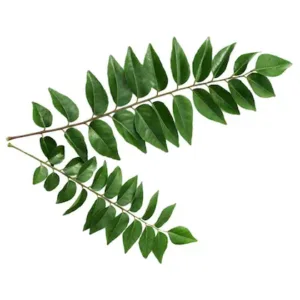


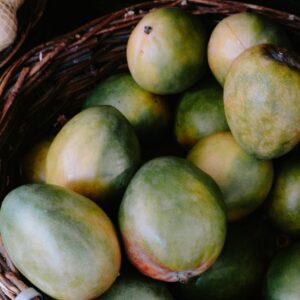
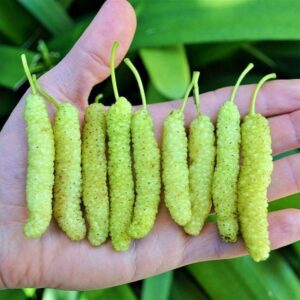
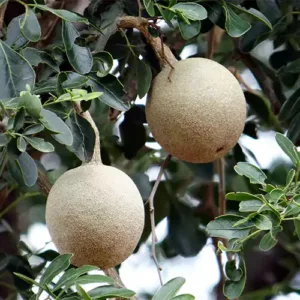
Reviews
There are no reviews yet.